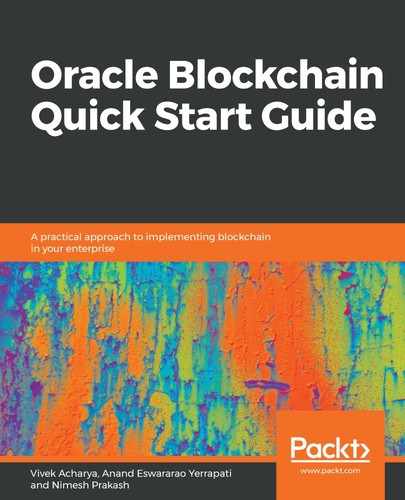The double-entry system offers error checks that are not inherently available in a single-entry system. Each account has two columns and each transaction is reflected in two accounts. Two entries are pushed for each transaction; however, every transaction has a debit entry in one account and an equivalent credit entry to another account. An example of a double-entry account system would be if an organization wants to purchase a new laptop for $2,000. In this case, the organization will enter a debit of $2,000 to an expense account and a credit of $2,000 to a cash account to show a decrease from the balance sheet.
Double-entry accounting is a way to show both of the effects of a transaction. For example, if an organization purchases a laptop, the accounting entry does not clarify whether the laptop was purchased for cash, in exchange for another laptop, or on credit. Information like this can only be available if both of the effects on a transaction are accounted for. In the accounting system, these two effects are known as debit and credit. A double-entry accounting system follows the principle of duality, which means that, for every debit entry, there is a mandatory equivalent credit entry. Debit entries demonstrate effects such as an increase in assets and expenses and a decrease in equity, income, and liability. Similarly, credit entries demonstrate effects such as a decrease in assets and expenses and an increase in equity, income, and liability. The double-entry system ensures that the accounting equation remains in equilibrium:
Assets = Liabilities + Equities
At the end of the reporting period, the total debits equalize the total credit. A balance sheet follows the equation, where the total assets are the sum of liabilities and equities. Any deviation from this equation will highlight an error.
Interestingly, a single-entry account system accounts for only revenue and expenses and does not monitor equities, liabilities, and assets. However, a double-entry system accounts for revenue, expenses, equity, liabilities, and assets, which makes it easy and precise to derive and calculate profits and loss, helps to detect fraud, reduces errors, and allows the generation of various financial statements. As both aspects of a transaction are recorded, it is easier to keep the account complete. Maintaining the double-entry system involves time, money, skill, and labor. There are chances of errors and mistakes. During an accounting year, transactions are posted and adjusted in final accounts; there are difficulties in adjusting transactions if tracking transactions is a challenge.
In the double-entry system, the first entry demonstrates what you have, while the second entry clarifies how you received it. If these entries are not in equilibrium, it is a clear indication that counterparty exposure might not be effectively accounted for which leads to audits and corrections. In the double-entry account system, it is mandatory to account for every single movement of the value of the counterparty. It has been a simple, proven, and effective accounting system for many years.
However, think about when there is no exposure to the counterparty. A what-if system does not know who owns it and is liable for the assets and the value recorded in the journal, which are posted in the ledger. To send or receive an asset of value, there must be a counterparty to receive and send it. Such fundamentals were far from question until today. A transaction is recorded in an organization's ledger, and the same transaction is recorded in the counterparty's ledger; for example, a supplier's ledger or bank's ledger. It reflects the counterparty's perspective for the same transaction. Various documents and statements such as contracts, invoices, notes, bank statements, and receipts support these transactions. This is prone to errors, such as reconciliation errors and missing cash, which then leads to disputes. This needs dispute resolution, and to check all of these, organizations invest in recording, analyzing, and auditing.
The double-entry account system worked well for hundreds of years. In this section, we will not emphasize the need for a triple-entry accounting system; however, we will delve into distributed ledgers. Double-entry mandates the need for each organization and its counterparty to maintain its own ledger, which in turn reflects the truth. However, there are multiple copies of the truth. In addition, the organization and the counterparty invest time, resources, and money to perform truth-reconciliation to actually derive and agree on a single truth.
